With government support for the arts on the wane in most places, here’s a city singing a different tune:
…The mayor has a plan. That plan has been to reestablish municipal support for the arts through the cultural office, and to enhance and expand city efforts that support artists and their organizations. This has taken the form of everything from maintaining the city’s cultural fund, which provided $1.6 million in grants directly to 201 arts groups this year, to rethinking non-arts programs so they might provide support to the sector.
In 2010, for instance, the city came up with an innovative use of community block grants enabling $500,000 in federal stimulus funding to be used for eight arts-related projects.
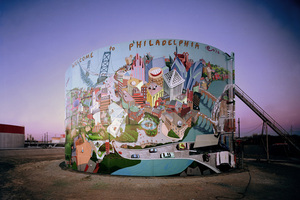 Can you guess what mayor, what city? (Not Boston, that’s for sure.)
Can you guess what mayor, what city? (Not Boston, that’s for sure.)
It’s Philadelphia I’m talking about, and for the third time since I began this blog in 2009, Philadelphia Mayor Michael Nutter has won notice from me because of his support for the arts (see here and here).
Now, as the article I quoted from above (in the Philadelphia Inquirer, printed in late December) notes in its last paragraphs, the money Philadelphia devotes to the arts is only $4 per capita, much lower than the leader, San Francisco, which devotes $90 per capita to the arts, thanks to a dedicated hotel tax that dates back to 50 years ago (it’s 5.3% today).
But Nutter is talking the talk in a difficult environment and, I hear, he shows up to support the arts. A while back, Nutter appointed a Cultural Advisory Council to devise an arts plan, with the goal of creating a roadmap to keep creative activity going on in Philadelphia. It recently reported:
The vision plan sets a goal of increasing the city’s investment in the arts from $7 million in fiscal 2010 to $20 million in fiscal 2014. That $13 million increase will bring its public spending on arts and culture up to the per-capita average of $11 found in 20 cities studied by the task force.
Now I have a bigger task for Nutter. I notice that he is vice president of the U.S. Conference of Mayors, and I wish he’d get the art on the agenda there. In the group’s programs, it’s bad enough that “Arts” is lumped into Tourism, Arts, Parks, Entertainment & Sports.
Worse, that page is bare.
UPDATE, 1/12: Reader Jeffrey Barg reports, in a comment below, that Philadelphia today announced another art-lifting initiative — a two-year marketing campaign
supporting Philadelphia’s varied visual arts scene and the many artists who make it the colorful canvas that it is. The highly integrated campaign, the result of a first-of-its-kind partnership among 10 city organizations and cultural partners, will tout Philly’s eclectic art offerings — everything from museum stalwarts to independent collectives to plentiful public arts to popular annual events.
Again, bravo, Philadelphia.
Photo Credit: “Philadelphia on a Half Tank” by Paul Santoleri, Courtesy of the Mural Arts Program, Philadelphia
Â
Â

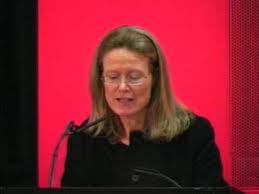 On Fifth Avenue, director Tom Campbell followed his pattern of seeking expertise in Mother England; he named fellow-Brit Sheena Wagstaff (right)
On Fifth Avenue, director Tom Campbell followed his pattern of seeking expertise in Mother England; he named fellow-Brit Sheena Wagstaff (right) 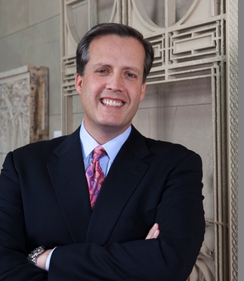
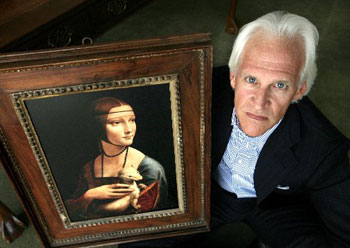 On Saturday, at the Palm Springs International Film Festival, Clooney said he’s going to make a movie telling the story of the Monuments Men — the American men and women who worked in Europe after World War II to rescue art that had been looted by Hitler and his henchmen.
On Saturday, at the Palm Springs International Film Festival, Clooney said he’s going to make a movie telling the story of the Monuments Men — the American men and women who worked in Europe after World War II to rescue art that had been looted by Hitler and his henchmen. 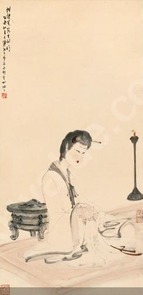
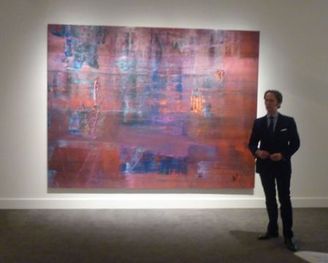
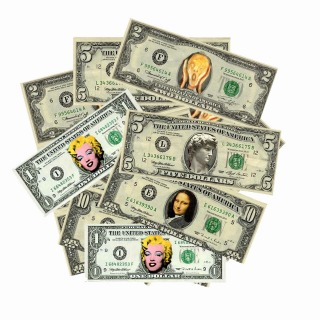 That’s because, as the report begins,
That’s because, as the report begins,